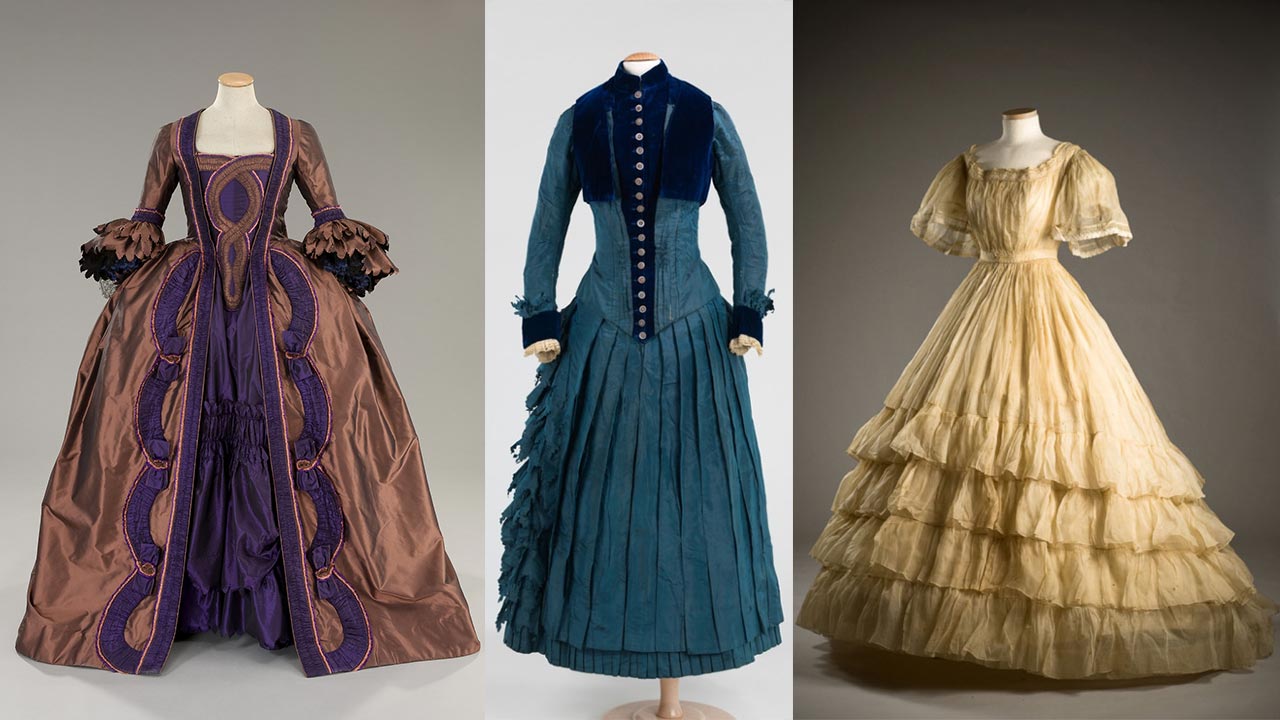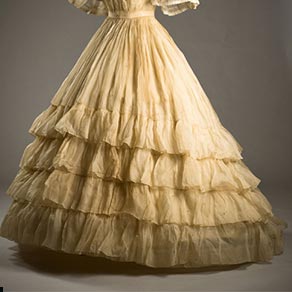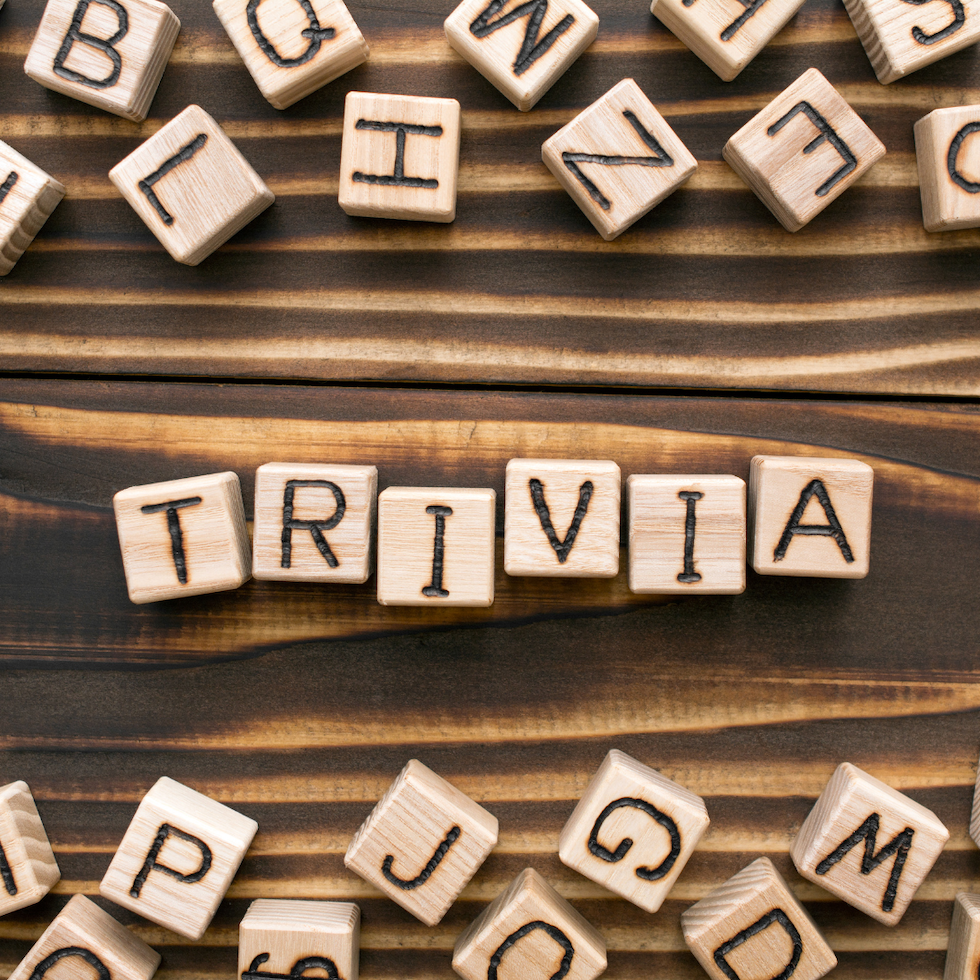by Donna Klein
From Bouillonné to Ruching – gather your ruffles!
Ruffles are more than a brand of potato chip. Ruffles have been embellishing and trimming garments for a very long time. There are a few ways to describe ruffles, each with its own nuanced meaning when it comes to design. Ruffles can be used as a trim or as part of the overall structure of a garment.

Left photo: Bouillonné, Center photo: pleats; Right photo: ruffles
Ruffle: A ruffle is a long length of fabric that is usually gathered at the top and has the fullness created by the gathering process carried throughout the entire length of the fabric.
Frill: Synonymous with ruffle.
Bouillonné: Translated from the French it means bubbled. Bouillonné’s bubbling happens when a strip of cloth, ribbon, or lace is gathered and tacked onto a gown or blouse as trimming along a seam or hem.
Flounce: A flounce is usually quite smooth at the top and fuller and wider near the bottom. There is no fullness created by gathering at the top of the flounce; no puckers at the seam. You can whirl and twirl in a dress with a flounce! During the 1800s, flounces created the appearance of multiple layers of the same fabric making up a skirt and sometimes the sleeves. Layers of flounces were also attached to petticoats to increase volume.
Furbelow: Synonymous with flounce.
Peplum: Peplum comes from the Greek ‘peplos,’ which was a loose-fitting outer garment that extended below the waist of a bodice and covered the hips or buttocks and sometimes both. Peplums can be ruffles or flounces, but no matter the application, peplums are always attached to the waist of a fitted skirt, jacket, or blouse. It could be attached to a garment or worn using a belt. The word evolved in meaning during the Victorian era and by the late 19th century it mostly referred to a loose robe of office or religion. During the latter half of the century, words like basque and postillion to refer to peplums in the world of fashion.
Pleat: Instead of gathering, pleats are made when fabric is folded at an even width, doubling the cloth upon itself and pressing or stitiching the pleats in place.
Ruching: Provides a rippling effect made by pleating bands of fabrics and stitching these bands onto various parts of a garment.
Sources
http://oliverands.com/community/blog/2013/03/flounce-vs-ruffle.html
http://wwd.com/fashion-dictionary/











Leave A Comment